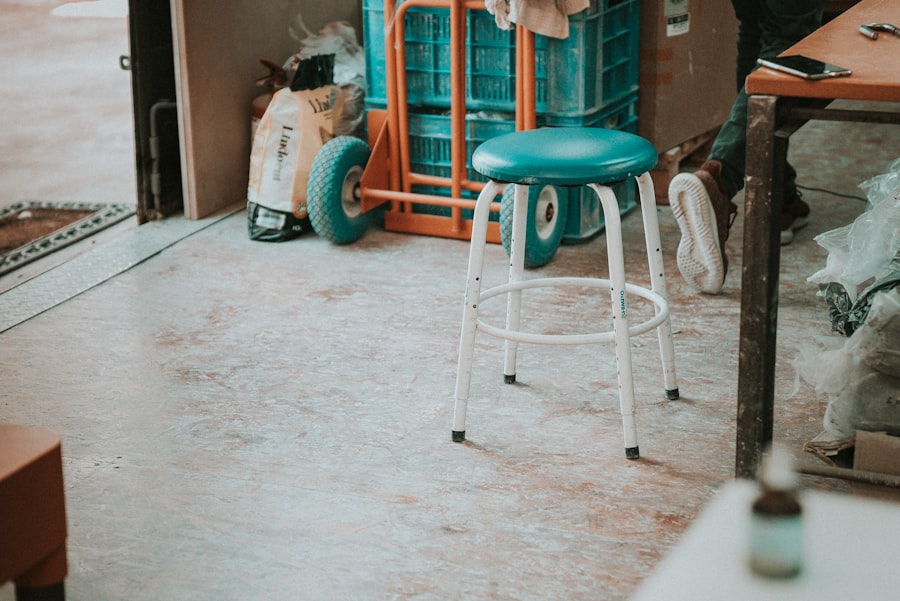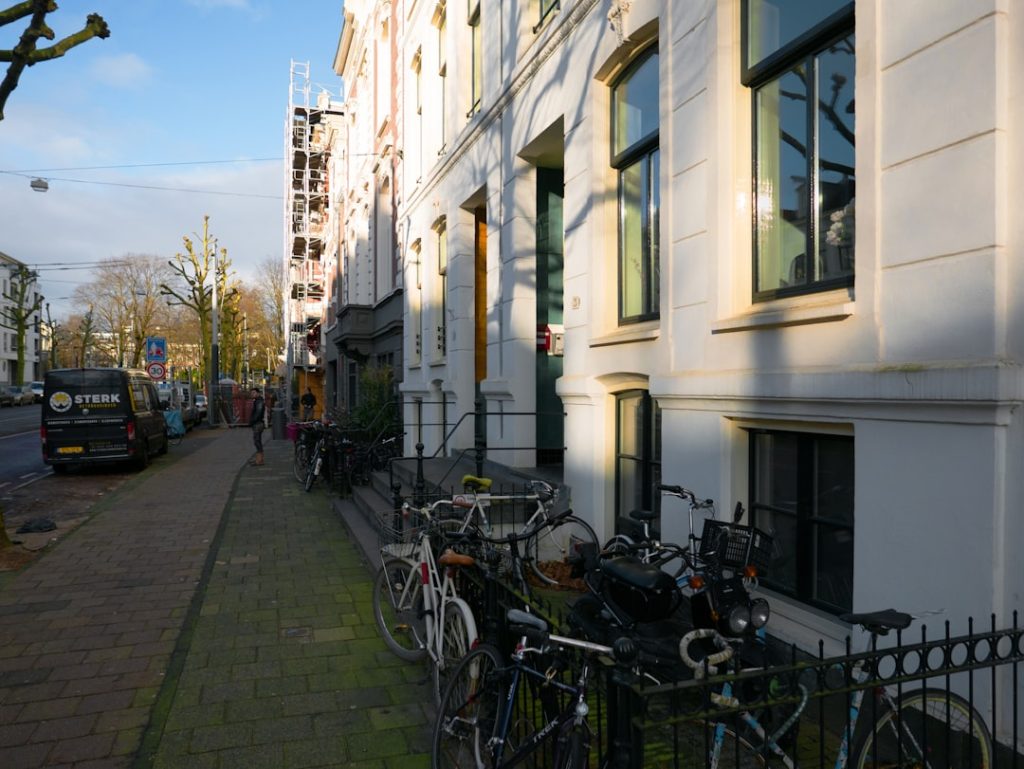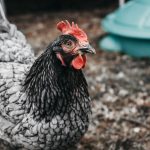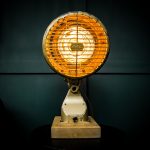Chickens are highly susceptible to heat stress, which can significantly impact their health and productivity. When temperatures rise, chickens may experience decreased feed intake, reduced egg production, and increased mortality rates. Heat stress can compromise their immune systems, making them more vulnerable to diseases and infections.
High temperatures can also lead to dehydration and heat stroke in chickens, further exacerbating health issues. Understanding the impact of heat on chickens is crucial for poultry farmers to implement effective mitigation strategies. Heat stress in chickens manifests in various ways, including panting, wing spreading, reduced activity, and decreased egg quality.
Other signs of distress include lethargy, loss of appetite, and increased water consumption. Recognizing these signs is essential for farmers to take appropriate action and prevent further heat-related complications. By understanding how heat affects chickens, farmers can make informed decisions to protect their flocks from the negative effects of high temperatures.
Table of Contents
Key Takeaways
- Heat stress can significantly impact the health and productivity of chickens, leading to decreased egg production and increased mortality rates.
- Providing adequate shade and shelter is crucial for chickens to escape the direct heat of the sun and reduce the risk of heat stress.
- Ensuring access to cool, clean water is essential for chickens to stay hydrated and regulate their body temperature during hot weather.
- Utilizing fans and misters can help to lower the ambient temperature and create a more comfortable environment for chickens.
- Adjusting feeding schedules to cooler times of the day can help reduce the metabolic heat generated by digestion and alleviate heat stress in chickens.
Providing adequate shade and shelter
Shade and Shelter: The First Line of Defense
One of the most important strategies for protecting chickens from heat stress is to provide them with adequate shade and shelter. This can help to reduce the direct impact of the sun’s rays and lower the overall temperature in the chicken coop or run. Natural shade from trees or artificial shade structures can be used to create cooler areas for chickens to seek refuge from the heat.
Ventilation and Insulation: Key to a Comfortable Environment
Additionally, providing well-ventilated shelters can help to improve air circulation and reduce the build-up of heat inside the coop. In addition to shade and shelter, it is important to consider the materials used in the construction of chicken coops and runs. Light-colored roofing materials can help to reflect sunlight and reduce heat absorption, while proper insulation can help to maintain a more stable temperature inside the coop.
Creating a Comfortable Environment for Chickens
By providing adequate shade and shelter, poultry farmers can create a more comfortable environment for their chickens and reduce the risk of heat stress.
Ensuring access to cool, clean water

Access to cool, clean water is essential for chickens during hot weather. Water plays a crucial role in regulating body temperature and preventing dehydration in chickens. It is important for farmers to ensure that chickens have access to fresh water at all times, especially during periods of high heat.
Additionally, water should be kept cool to help lower the body temperature of chickens when they drink. Farmers can take several steps to ensure that chickens have access to cool, clean water. This includes providing multiple water sources throughout the coop and run, as well as regularly checking and cleaning waterers to prevent contamination.
Adding ice or frozen water bottles to waterers can also help to keep the water cool during hot weather. By ensuring access to cool, clean water, poultry farmers can help to prevent dehydration and reduce the risk of heat stress in their flock.
Utilizing fans and misters
Fans and misters can be effective tools for cooling chicken coops and runs during hot weather. Fans help to improve air circulation and reduce the build-up of heat inside the coop, while misters can help to lower the ambient temperature by creating a fine mist that evaporates and cools the air. These cooling methods can help to create a more comfortable environment for chickens and reduce the risk of heat stress.
When using fans and misters, it is important to consider placement and timing. Fans should be positioned to provide maximum air circulation throughout the coop or run, while misters should be used during the hottest parts of the day to help lower the overall temperature. Additionally, it is important to regularly clean and maintain fans and misters to ensure they are functioning effectively.
By utilizing fans and misters, poultry farmers can help to mitigate the effects of high temperatures on their flock and reduce the risk of heat stress.
Adjusting feeding schedules
During periods of high heat, it may be necessary to adjust feeding schedules for chickens to reduce the impact of heat stress. Chickens tend to eat less during hot weather, so it is important to provide smaller, more frequent meals throughout the day rather than one large meal. This can help to ensure that chickens are still receiving adequate nutrition while also reducing the metabolic heat produced during digestion.
In addition to adjusting feeding schedules, it is important to consider the type of feed provided to chickens during hot weather. Feeds that are high in protein can increase metabolic heat production, so it may be beneficial to switch to feeds with lower protein content during periods of high heat. It is also important to ensure that feed is stored properly to prevent spoilage and contamination during hot weather.
By adjusting feeding schedules and providing appropriate feed, poultry farmers can help to minimize the impact of heat stress on their flock.
Monitoring and managing heat stress

Early Detection of Heat Stress
Regular monitoring of chicken behavior and condition can help farmers identify signs of heat stress early on. This includes observing feeding and drinking behavior, as well as monitoring body temperature and respiratory rate in chickens. By detecting heat stress early, farmers can take prompt action to prevent further complications.
Managing Heat Stress
Having a plan in place to manage heat stress is vital for farmers. This plan may include providing additional shade and shelter, adjusting feeding schedules, and utilizing cooling methods such as fans and misters. It is also essential to be prepared to provide emergency care for chickens experiencing severe heat stress, including providing access to cool water and moving them to a cooler environment if necessary.
Minimizing the Impact of Heat Stress
By monitoring and managing heat stress, poultry farmers can minimize its impact on their flock and prevent further complications. This proactive approach can help ensure the health and productivity of chickens, even during hot weather.
Implementing additional cooling methods
In addition to shade, shelter, fans, misters, and adjusted feeding schedules, there are several additional cooling methods that can be implemented to protect chickens from heat stress. One effective method is evaporative cooling, which involves using evaporative pads or cool cell systems to lower the temperature inside the chicken coop or run. These systems work by drawing warm air through wet pads or cells, which causes evaporation and lowers the overall temperature.
Another cooling method that can be implemented is providing chickens with access to cool surfaces such as concrete or tile. These surfaces can help chickens lower their body temperature by allowing them to dissipate excess heat through their feet. Additionally, providing dust baths with cool, damp soil or sand can help chickens regulate their body temperature by allowing them to cool off through dust bathing.
Furthermore, implementing a sprinkler system in the chicken run can provide chickens with a way to cool off by wetting their feathers and lowering their body temperature. This method can be particularly effective during the hottest parts of the day when chickens are most at risk of heat stress. By implementing additional cooling methods such as evaporative cooling, providing access to cool surfaces, and using sprinkler systems, poultry farmers can further protect their flock from the negative effects of high temperatures.
In conclusion, understanding the impact of heat on chickens is crucial for implementing effective strategies for mitigating its effects. Providing adequate shade and shelter, ensuring access to cool, clean water, utilizing fans and misters, adjusting feeding schedules, monitoring and managing heat stress, and implementing additional cooling methods are all important steps for protecting chickens from heat stress during hot weather. By taking proactive measures to create a more comfortable environment for their flock, poultry farmers can help to minimize the negative effects of high temperatures on their chickens’ health and productivity.
If you’re looking for ways to keep your chickens cool in hot temperatures, you may also be interested in learning about the best chicken coop and run plans to provide shade and ventilation. Check out this article for tips on creating a comfortable and cool environment for your feathered friends.
FAQs
What are the signs of heat stress in chickens?
Some signs of heat stress in chickens include panting, holding their wings away from their bodies, decreased egg production, and lethargy.
How can I keep my chickens cool in hot temperatures?
You can keep your chickens cool in hot temperatures by providing plenty of shade, ensuring good ventilation in the coop, offering cool water to drink, and providing frozen treats such as fruits and vegetables.
What are some ways to provide shade for chickens?
You can provide shade for chickens by using tarps or shade cloths to cover their coop and run, planting trees or shrubs to create natural shade, and using umbrellas or awnings in their outdoor areas.
How can I improve ventilation in the chicken coop?
You can improve ventilation in the chicken coop by installing windows or vents to allow for air flow, using fans to circulate air, and keeping the coop clean to prevent ammonia buildup, which can make it harder for chickens to breathe.
What should I do if I suspect my chickens are suffering from heat stress?
If you suspect your chickens are suffering from heat stress, move them to a cooler area, provide them with cool water to drink, and offer them frozen treats to help lower their body temperature. If the symptoms persist, consult a veterinarian for further advice.
Meet Walter, the feathered-friend fanatic of Florida! Nestled in the sunshine state, Walter struts through life with his feathered companions, clucking his way to happiness. With a coop that’s fancier than a five-star hotel, he’s the Don Juan of the chicken world. When he’s not teaching his hens to do the cha-cha, you’ll find him in a heated debate with his prized rooster, Sir Clucks-a-Lot. Walter’s poultry passion is no yolk; he’s the sunny-side-up guy you never knew you needed in your flock of friends!







